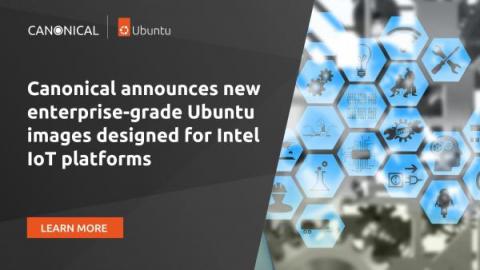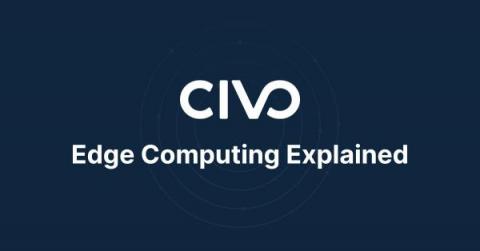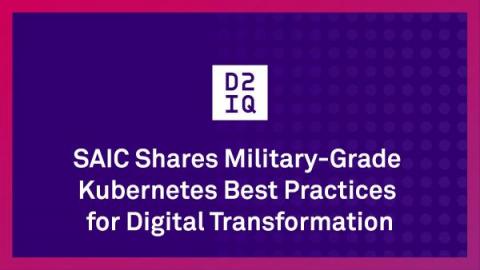Operations | Monitoring | ITSM | DevOps | Cloud
DevOps
The latest News and Information on DevOps, CI/CD, Automation and related technologies.
3 Best Ways to Transfer Photos from iPhone to Android Wirelessly without Quality Loss
Canonical announces new enterprise-grade Ubuntu images designed for Intel IoT platforms
15 November 2022: Canonical announced today the availability of new enterprise-grade Ubuntu images designed for next-gen Intel IoT platforms. Purpose-built for industrial environments and use cases, the latest Ubuntu images on Intel hardware deliver the performance, safety, and end-to-end security enterprises expect from the most widely used Operating System (OS) among professional developers with latest Intel technologies pre-enabled and available.
Data Center Power Chains: AC vs. DC
In a data center, the power chain is the sequence of infrastructure equipment that distributes power from its source all the way to the IT devices. Most data centers use alternating current (AC) power, though telecommunications companies typically use direct current (DC) power. There are pros and cons to each, and they require different equipment.
Remotely Manage Every"Thing" with IoT Device Management
IoT Device Management Guide The Internet of Things has been raising lots of discussions and debates (of course for the benefits it offers). According to IoT Analytics, the number of connected IoT devices crossed 12 billion in 2020, which was 2 billion more than the estimated devices. Recent trends indicate that this technological transformation will not just be restricted to random “things” but will be ubiquitous, or what few are calling the Internet of Everything.
How can the financial services sector tackle cloud concentration risk?
The use of cloud computing by financial institutions has significantly increased in the last few years, a trend that was further accelerated by the COVID-19 pandemic. In the next few years, financial institutions will need to continuously balance the pressure to innovate quickly while managing risk and combating financial crime.
Are We There Yet? How To Know When You've Got Deep Enough Cloud Cost Metrics
MTTD: An In-Depth Overview About What It Is and How to Improve It
In this post, we'll learn all about the incident metric mean time to detect (MTTD). We'll see how to measure it and look at its relationship with other incident metrics like MTTR (mean time to recover). Both metrics give useful insights into your incident recovery ability.
Edge Computing Explained
Data is becoming increasingly essential to businesses globally, allowing for insights to be gathered around critical processes and operations. Over time, the traditional systems put in place to hold our data have become unsuitable for modern-day needs due to the continuous growth of data. Edge computing has emerged to reshape the current computing environment and allow data to be processed closer to where it’s being generated.
SAIC Shares Military-Grade Kubernetes Best Practices for Digital Transformation
Science Applications International Corporation (SAIC), a major system integrator and solution provider to government agencies, chose the D2iQ Kubernetes Platform (DKP) as the foundation for providing Kubernetes solutions for its customers.











